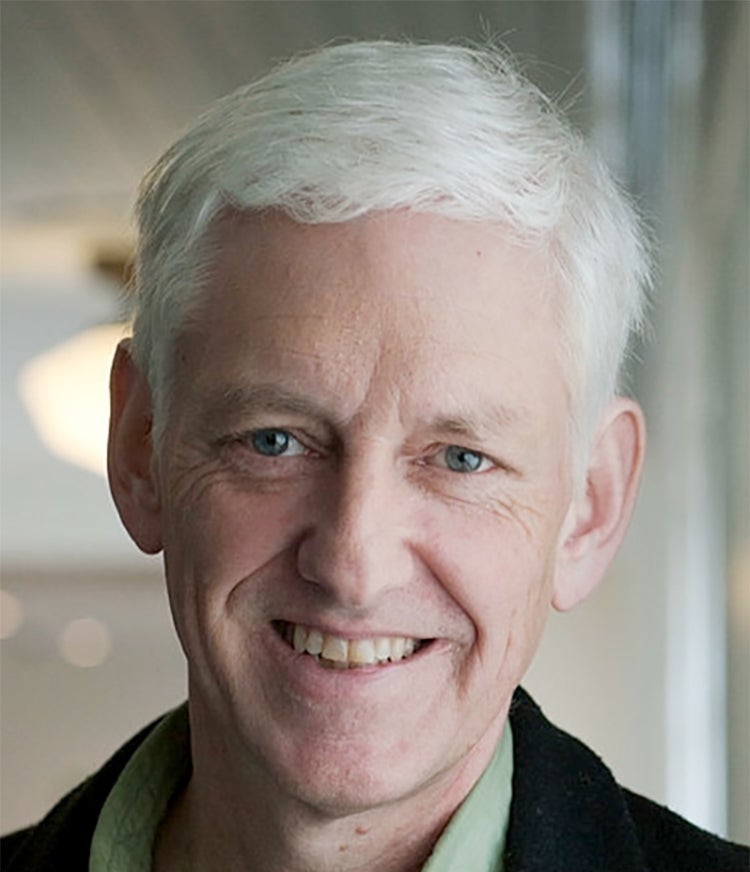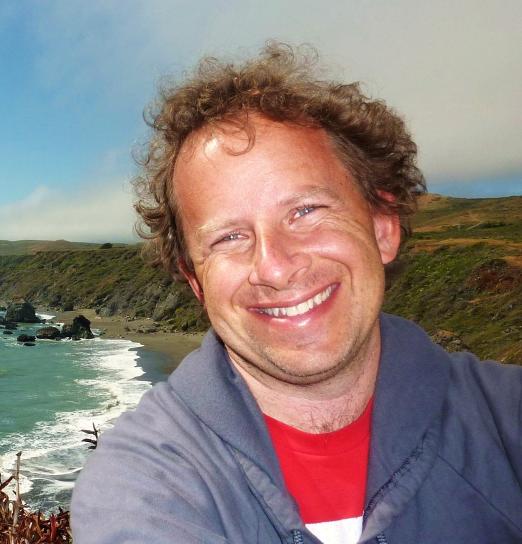
Practical Deep Learning for Coders 2022 part 1, recorded at the University of Queensland, covers topics such as how to:

There are 9 lessons, and each lesson is around 90 minutes long. The course is based on our 5-star rated book, which is freely available online.
You don’t need any special hardware or software — we’ll show you how to use free resources for both building and deploying models. You don’t need any university math either — we’ll teach you the calculus and linear algebra you need during the course.
Our videos have been viewed over 6,000,000 times already! Take a look at the dozens of testimonials about our book and course by alumni, top academics, and industry experts.
‘Deep Learning is for everyone’ we see in Chapter 1, Section 1 of this book, and while other books may make similar claims, this book delivers on the claim. The authors have extensive knowledge of the field but are able to describe it in a way that is perfectly suited for a reader with experience in programming but not in machine learning. The book shows examples first, and only covers theory in the context of concrete examples. For most people, this is the best way to learn. The book does an impressive job of covering the key applications of deep learning in computer vision, natural language processing, and tabular data processing, but also covers key topics like data ethics that some other books miss. Altogether, this is one of the best sources for a programmer to become proficient in deep learning.

Peter Norvig
Director of Research, Google
By the end of the second lesson, you will have built and deployed your own deep learning model on data you collect. Many students post their course projects to our forum; you can view them here. For instance, if there’s an unknown dinosaur in your backyard, maybe you need this dinosaur classifier!

Alumni of our course have gone on to jobs at organizations like Google Brain, OpenAI, Adobe, Amazon, and Tesla, published research at top conferences such as NeurIPS, and created startups using skills they learned here. Petro Cuenca, lead developer of the widely-acclaimed Camera+ app, after completing the course went on to add deep learning features to his product, which was then featured by Apple for its “machine learning magic”.
I am Jeremy Howard, your guide on this journey. I lead the development of fastai, the software that you’ll be using throughout this course. I have been using and teaching machine learning for around 30 years. I was the top-ranked competitor globally in machine learning competitions on Kaggle (the world’s largest machine learning community) two years running. Following this success, I became the President and Chief Scientist of Kaggle. Since first using neural networks 25 years ago, I have led many companies and projects that have machine learning at their core, including founding the first company to focus on deep learning and medicine, Enlitic (chosen by MIT Tech Review as one of the “world’s smartest companies”).

Jeremy Howard